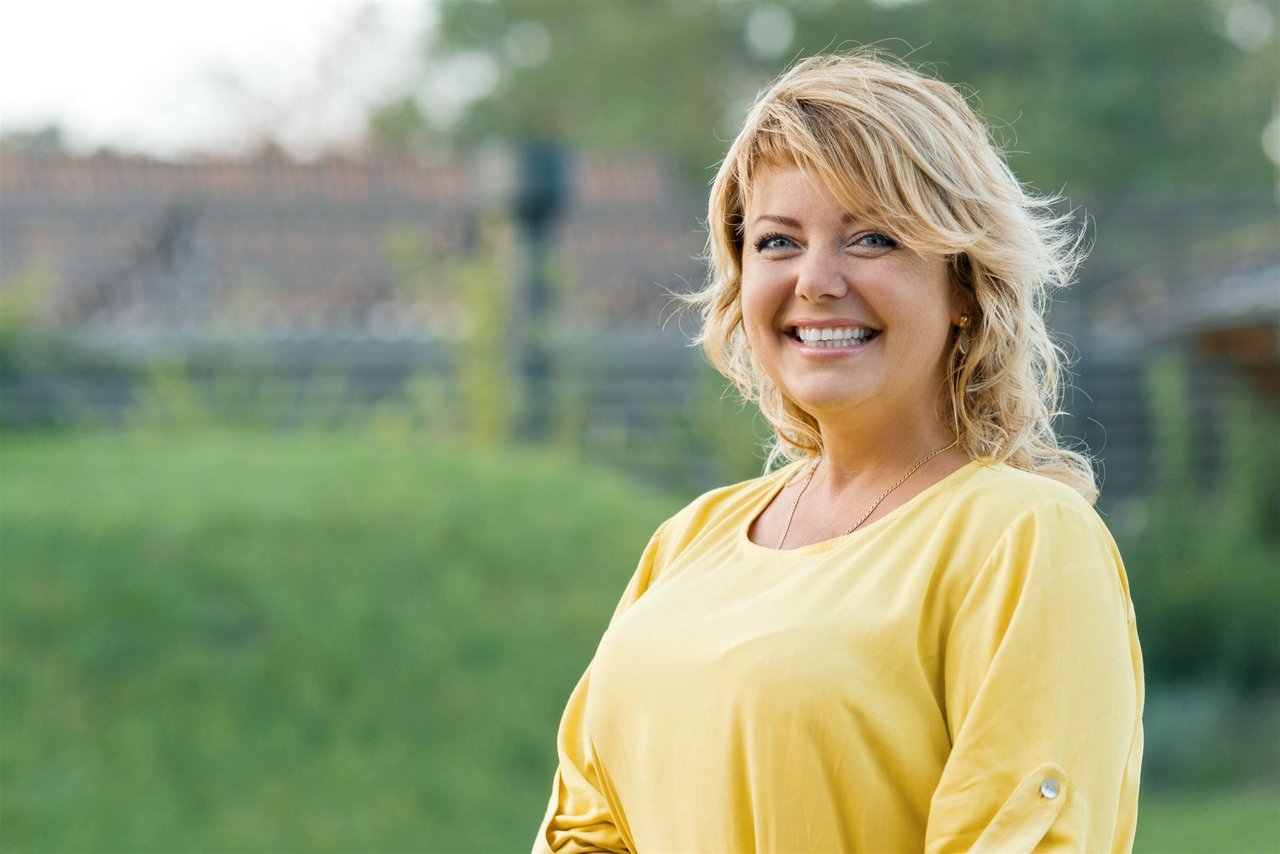Sexually Active After 60: Breaking Stereotypes and Embracing Pleasure
Sex after 60 isn’t just possible—it’s common. The population is aging, yet ageism in sex is finally facing pushback. In the U.S., around 40% of people aged 65–80 report being sexually active, according to a University of Michigan study. These numbers challenge the cultural script that intimacy instantly fades with age, and they echo across Australia and other Western countries. Aged intimacy is quietly thriving, often healthier and more honest than in decades past.
Social attitudes are shifting. More seniors are talking about what they want, and refusing to let old taboos shut down curiosity or desire. Senior relationships are more openly discussed, whether online or in clinics. Healthcare professionals are starting to ask about sexual wellbeing, not just cholesterol. This cultural tide empowers people to remain sexually active after 60, often with new partners or in long-term marriages.
Physical and emotional health play their part. Those who stay active generally have better health markers and report higher satisfaction in their older adults sex life. Seniors now have access to resources—from medical help for erectile dysfunction, to online communities sharing lived experiences. For those ready to step back into dating after loss or divorce, you’re not alone. Want more on this topic? The reality of re-entering dating is covered in this article about adjusting after being single for years.
Personal satisfaction grows from both inside and out. This next section dives into how older adults actually experience sex—and the variety that rides with wisdom.
Older Adults Sex Life: Diverse Experiences, Honest Needs, and Modern Help
No two older adults sex lives look the same. Some couples discover a surprising resurgence after the kids are gone, or retirement frees up time. Others explore new partners after decades spent alone. It’s not just about frequency; variety matters. Post-menopausal sex, for example—often wrongly assumed to vanish—can bring its own kind of pleasure. Lubricants, patience, and understanding play a major role, but connection can thrive without a script.
Senior relationships now live beyond closed doors. Later-life dating apps have changed the game, making it easier to meet like-minded people without pressure. Whether you’re open to flirtation, companionship, or looking for love, platforms exist where mature intimacy is seen as a feature, not a flaw. Swiping can seem daunting at first, but dating after marriage can become less about performance and more about authenticity.
Older adults who communicate their desires often find themselves more fulfilled. With age comes the guts to ask for what you want—and to turn down what you don’t. Emotional fulfillment often matters more than “reaching the finish line.” Many pursue intimacy tips—like experimenting with massages, non-sexual touch, and creative environments. A little curiosity helps, especially for long-term couples who crave something new in married life.
It’s also normal to have dry spells, periods of low desire, or body insecurity. Even during lulls, many find comfort in simple touch, laughter, and company. If you want help breaking the ice or learning how to connect with mature women, you’ll find practical advice in our guide on perfect icebreakers for talking to a mature woman.
Older adults sex life is not about recapturing youth—it’s about finding satisfaction that feels right today. Next, see what happens to sexual function after 60, and why some adjustments are not only normal, but necessary.



